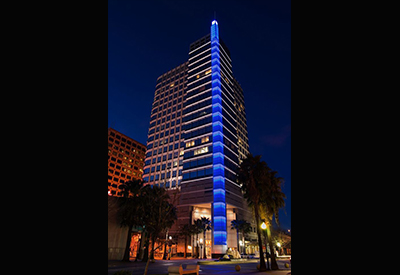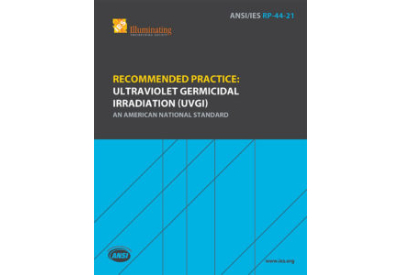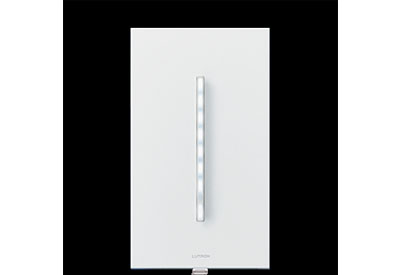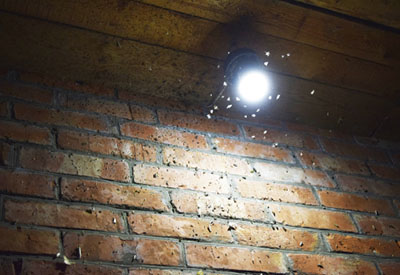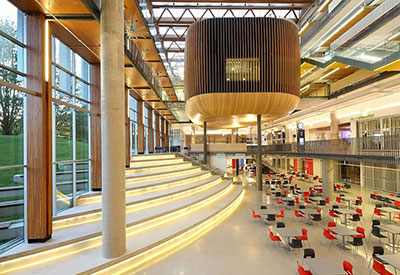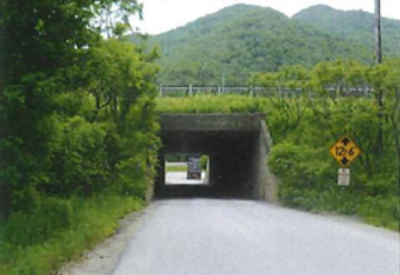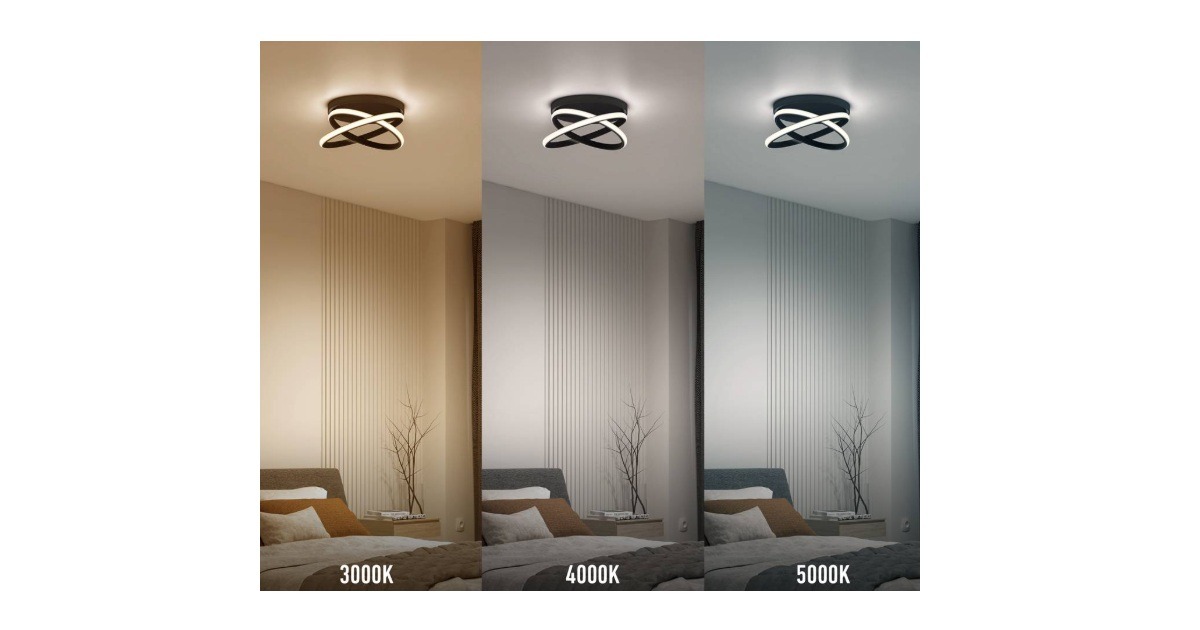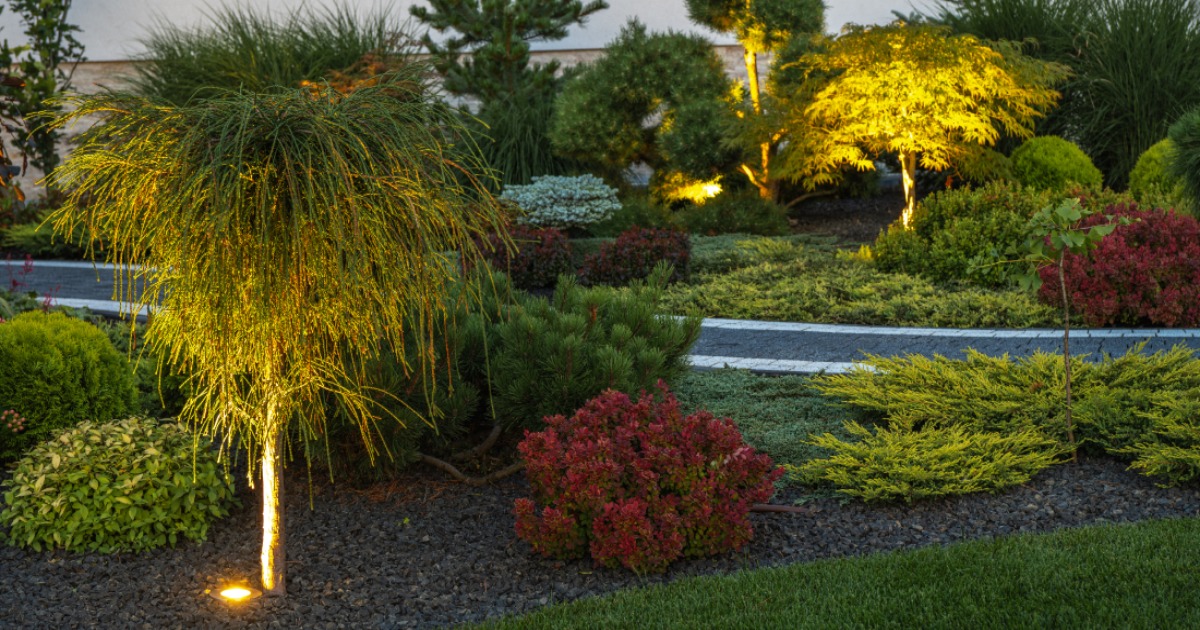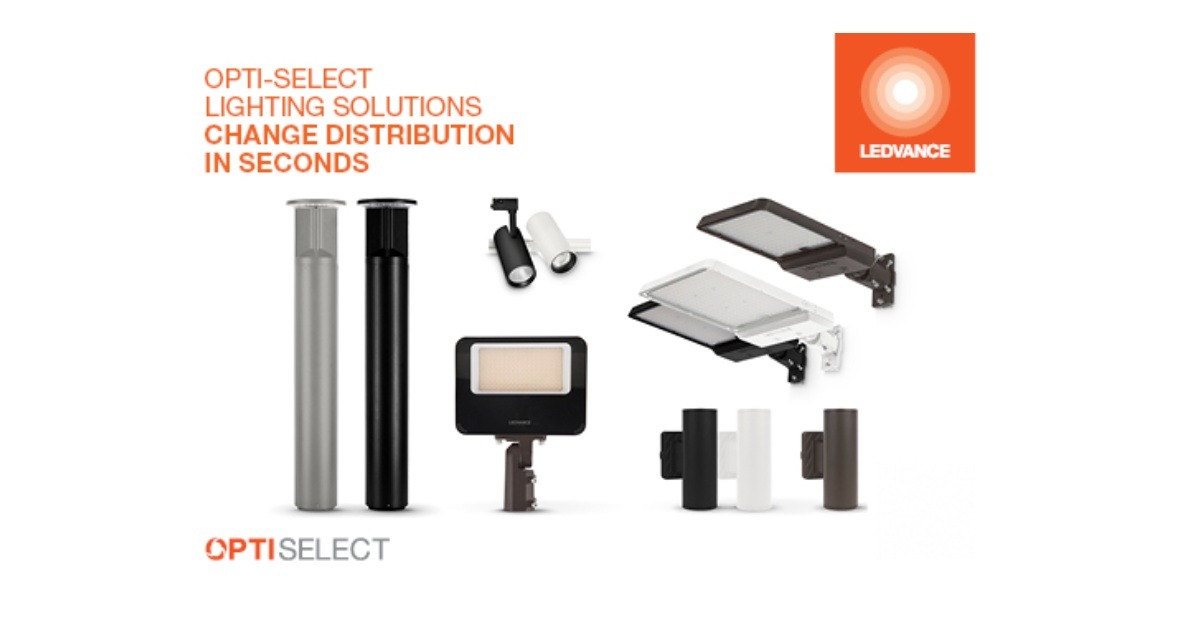Study Confirms the Need to Keep LEDs Clean
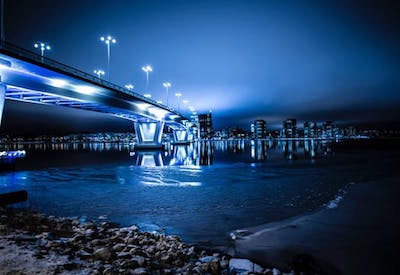
August 15, 2017
By Norma Frank
A 2014 Municipal Solid-State Lighting Consortium survey found that the average annual operating cost per outdoor roadway luminaire was $96 in energy and $72 in operations and maintenance. As the nation’s 26.5-plus million streetlights continue conversion to LED, maintenance savings resulting from LED’s superior longevity offers a significant reason to switch alongside energy savings.
In a maintenance column published in 2015, I pointed to a significant potential emerging issue with LED outdoor roadway and area lighting. Traditionally, HID luminaires are cleaned when they are relamped, limiting light loss imposed by luminaire dirt depreciation (LDD). As stated above, LED luminaires promise much longer service life. They may present a different failure mode based on output rather than mortality along a curve that in time produces a steady failure rate. As a result, LDD’s significance as a light loss factor may be much greater for LED roadway and area luminaires, potentially reducing useful life.
Designers need to account for this LDD in their designs. Operators need to mitigate it through cleaning. And manufacturers need to provide adequate cleaning recommendations. What had been missing was an evidence-based update of our understanding of LDD to account for LED technology. LED luminaires may contain features making them less prone to dirt and dust accumulation. However, big questions remain. What is the impact of LDD on average illuminance and illuminance uniformity for LED luminaires? How should they be cleaned?
The IES engaged the Virginia Tech Transportation Institute to study and quantify LDD in a range of LED roadway luminaire types. The resulting report, Measure and Report Luminaire Dirt Depreciation (LDD) in LED Luminaires for Street and Roadway Lighting Applications (IES RES-1-16), provides an excellent start to understanding this issue and making maintenance recommendations.
The study focused on the impact of LDD on average illuminance and light distribution projected onto the road for LED luminaires. Producing generalized LDD characterizations for LED luminaires proved challenging due to the many designs available on the market. Some products are similar to traditional luminaires, featuring lamping and reflectors shielded by a glass lens. Other products rely on LED modules aimed using internal reflection that may or may not be shielded by another media. The researchers reviewed 24 LED luminaires and found individually molded acrylic, moulded acrylic, molded glass or molded polycarbonate LED optics paired with flat glass, reflector or no luminaire optics. Half the luminaires featured individually molded acrylic LED optics with no luminaire optics. The manufacturers of these products recommended a variety of cleaning approaches, some none at all.
The researchers studied LDD for a range of LED luminaires in various environments, including in situ and within a laboratory. In a pilot study, they collected before/after cleaning illuminance data for luminaires installed on the Virginia Smart Road. Though manufacturers often recommend a dry rag or plain water for cleaning, the researchers found these methods are “not effective at removing dirt accumulation.” They determined that cleaning acrylic and glass optics could be done safely using either a 70 percent isopropyl alcohol solution or a mild dish washing detergent solution, with the former being more effective at recovering LDD (unless the environment has significant salt content). Pressure washing was found to be ineffective from the ground.
In the laboratory experiment, five LED luminaire types installed in a parking facility were removed and tested. The researchers captured horizontal and vertical illuminance before and after applying a 70 percent alcohol solution wipe, measuring differences in average illuminance and uniformity. Meanwhile, before/after measurements were taken in several field installations, yielding additional data about LDD recovery based on cleaning at various ages, and with a variance in LDD discovered based on luminaire design/optics.
The study’s authors concluded LDD is different for LED luminaires than for HID luminaires, as well as between LED luminaire types, and that lighting designers and operators should regard it as potentially significant at end of life. While calling for further study to isolate environmental factors, they suggested minimum potential LDD rates for this application while also indicating potential change in uniformity:
- +1 percent per year LDD and +1 percent per year uniformity change for luminaires with flat glass luminaire optics; and
- +3 percent per year LDD and no uniformity change for luminaires with no luminaire optics.
For greater precision, the authors recommended annual LDD rates based on LED optics, specifically 1.8 percent for individually molded acrylic, 1 percent for molded acrylic, 3.8 percent for large individually molded acrylic, 2.2 percent for molded glass, and 3 percent for individually molded acrylic with no outer optics.
This critical study demonstrates that LDD can be a significant factor in LED roadway and area lighting installations. As a recoverable light loss factor, LDD can and should be addressed by designers in design calculations and by operators through a group-cleaning schedule that occurs independent of relamping.
It’s only the beginning, however, of learning what we need to know about this critical aspect of operations. More research is needed to generate further useful information that will help ensure that LED lighting satisfies owner expectations throughout its useful life. Additional sampling in future studies, for example, may yield data sufficient to go beyond linear modeling and produce curves. Research needs to be continued to develop further evidenced-based maintenance recommendations for LED lighting that become best practices.
Download the IES study here.
Download the Virginia Tech study here.
Source: https://www.ies.org/lda/study-confirms-the-need-to-keep-leds
Published with the permission of IES Edmonton : https://iesedmonton.org/news/2017-6-23/study-confirms-the-need-to-keep-leds-clean

